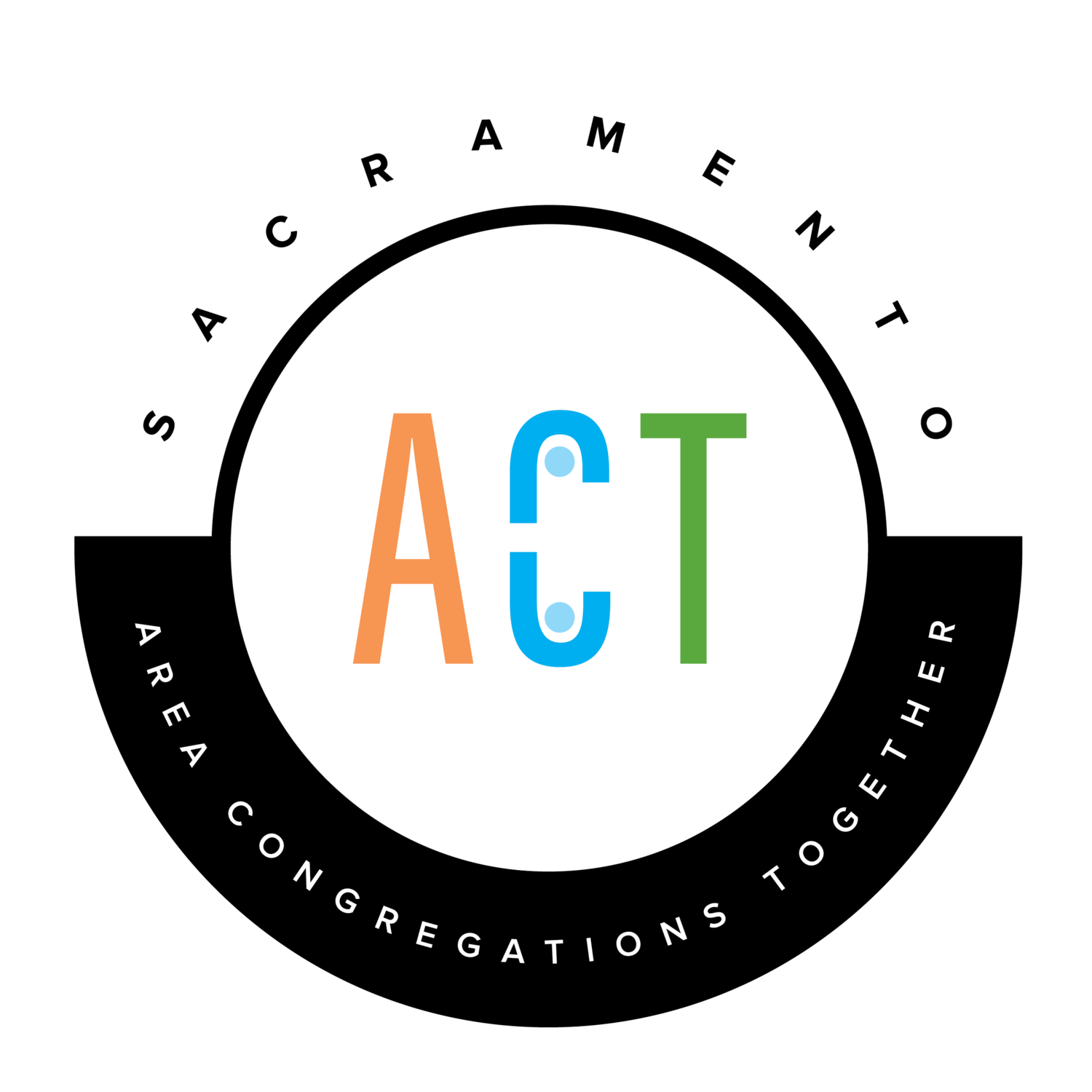Minutes before midnight one day in July, 17-year-old John McGee was killed on Del Paso Boulevard after being shot in the torso. Weeks before, 16-year-old Zachary Whittington was gunned down by a friend in a Carmichael apartment building. About one month later, Christian Matu of Antelope died at age 18 after sustaining “multiple gunshot wounds” while in a South Natomas neighborhood.
These were only half of the six teenage murders recorded in Sacramento County last year, according to information provided by the Sacramento County Coroner’s Office. Four of the killings occurred in the city of Sacramento and two in areas patrolled by the Sacramento County Sheriff’s Office. Each incident involved a gun.
Since 2007, at least 120 teens have died violent deaths, with 2010 being the deadliest year when 17 youths were killed. As local governments invested more in programs to reduce youth violence, the number of killings has fallen. But community groups say more needs to be done.
“We have to start somewhere. But at the same time we still have a lot of work to do,” said Nicole Clavo, who started the Healing 5 Foundation in memory of her son who died from gun violence in 2015. “Something changed but not enough. We still had six young lives lost. Now what do we need to do to change that six to zero?”
The investment has been in the forms of programs that strive to, among other things, reduce gun violence and improve community relations.
“I can’t attribute any one of the things to the drop in homicides. These things do trend up and down but there is a significant amount of (efforts) that we have been doing in the communities to bring crime down,” said Shaun Hampton, a Sacramento County Sheriff’s Office spokesman.
Sacramento Police Department spokesman Marcus Basquez said the trend is not just a coincidence. He said his department’s efforts are usually targeted to reach so-called at-risk and high-risk youth before it’s too late. That means foster children, those affiliated with gangs and children referred by school administrators.
“A lot of the times we try to catch those children at a younger age,” Basquez said. “Therefore, by providing a lot of our resources in those two classes of our youth, we hope that we’re changing (their) minds.”
One of the more controversial programs launched by the city in recent years is Advance Peace, which was founded in Richmond. The program pays teens to quit criminal activities.
Sacramento Area Congregations Together, a coalition of religious institutions that supports social justice causes, advocated to bring Advance Peace to the city. But it’s still unclear if the program is delivering positive results, said Tere Flores, director of organizing for Sacramento Area Congregations Together.
“This summer it will be two years (of the program in Sacramento), so we’re still trying to figure out if it’s helping and there are results,” Flores said. “There probably still needs to be more research and data that we need to look at but so far the trends are looking positive.”
Julius Thibodeaux, the local program manager for Advance Peace, said he would not take credit for the drop. The program, at last count, has close to 100 people serving as fellows between the age of 13 and 30 years old.
“Our belief is that with the proper service and people committed in their lives these youngsters can make better decisions,” Thibodeaux said.
In recent years, however, SacAct’s efforts have taken aim at a new target: law enforcement.
Police accountability is now the subject of one of SacAct’s organizing campaigns. Their initiative is called HEAT, which stands for Hiring Equipment Accountability and Training. Flores said they have met with Sacramento Police Chief Daniel Hahn in recent months and plan to offer a number of recommendations to improve the relationship between police and community members in some areas.
One of the teen homicides recorded in 2018 involved 19-year-old Darell Richards, who died after a standoff with police near Broadway and 21 Street. Richards, who was suspected of being mentally ill, was spotted carrying a pellet gun and suffered wounds to the “head and extremities” last September, according to the coroner’s records.
“We’ve had a number of cases here in Sacramento where youth and teenagers have been killed by the police department,” Flores said, “so we’re trying to address not just the teen deaths but just generally how is the police interacting with folks in the community, particularly communities of color.”
